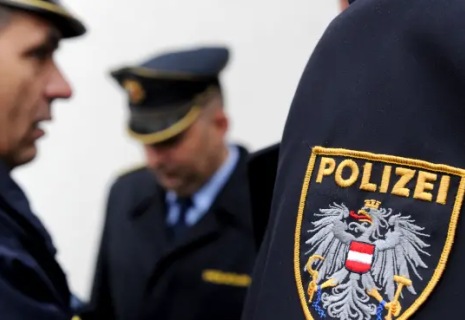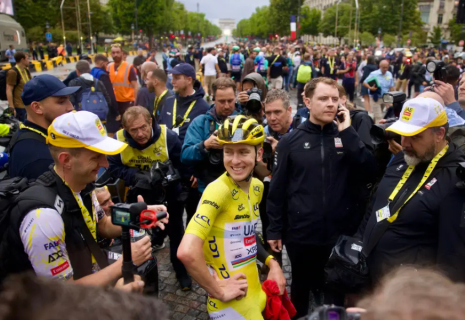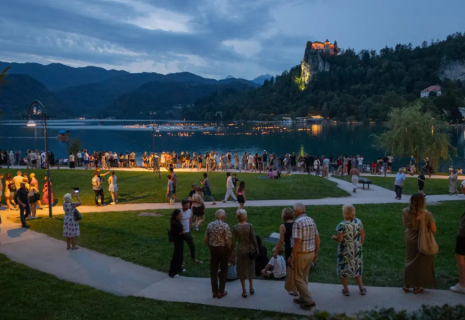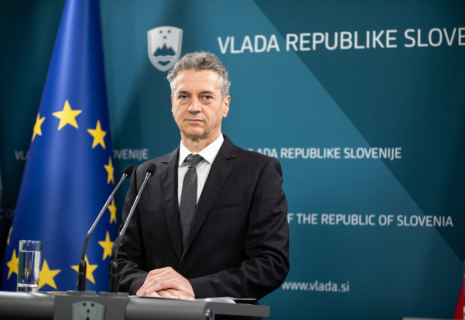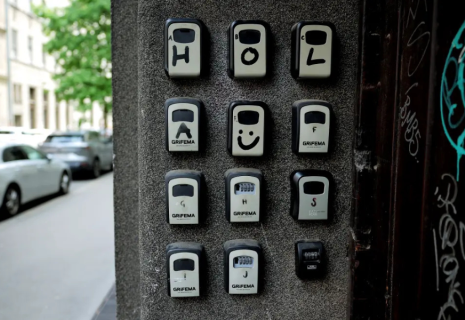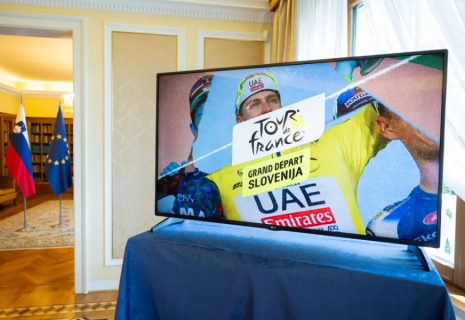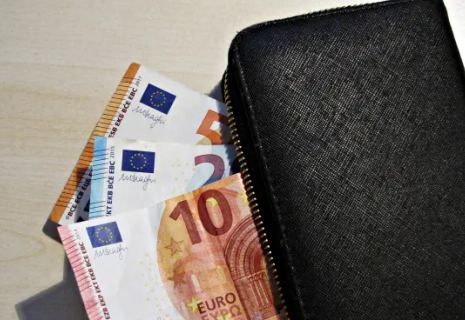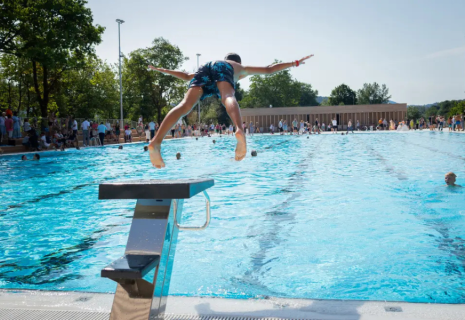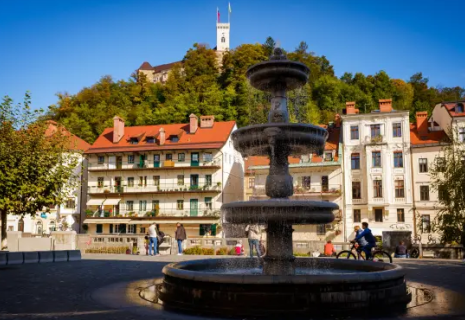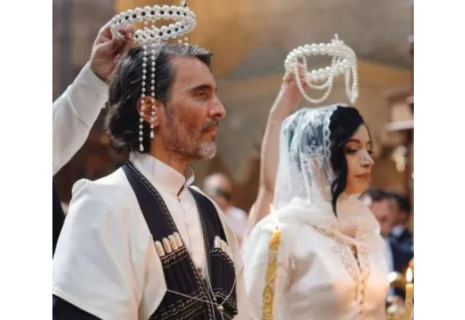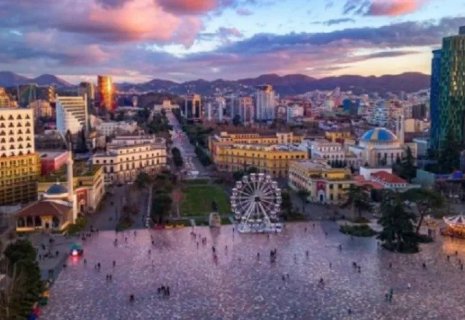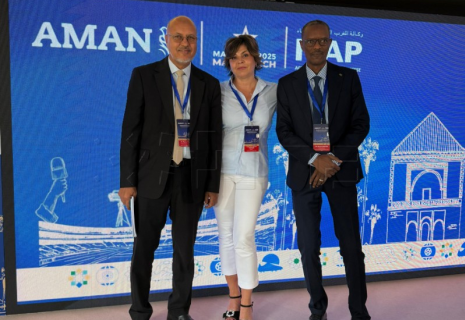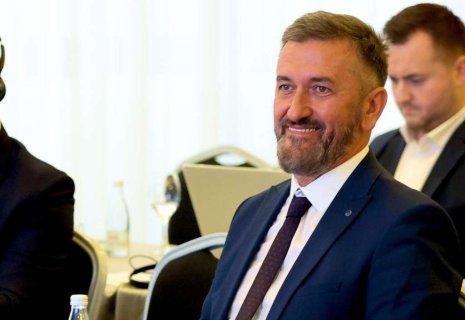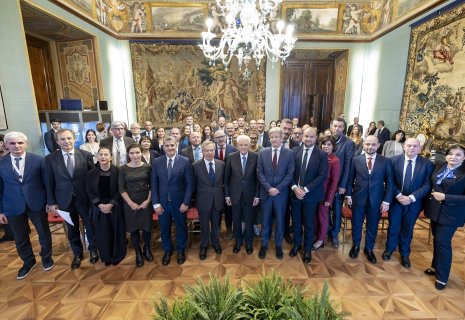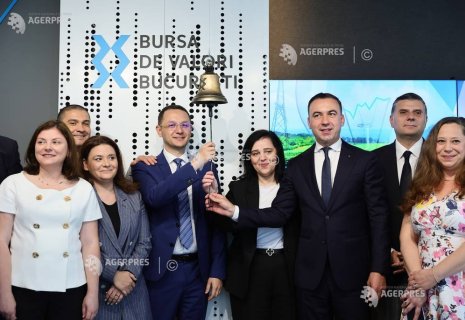
Slovenia opens new WWII museum
The museum in the Katzenstein Mansion in northwestern Slovenia has opened a new permanent exhibition to mark 80 years since the local Gestapo prison was liberated. The memorial park commemorating executed prisoners was badly damaged during the 2023 floods, but renovations works have now been completed.
From 1941 to 1945 the imposing mansion in the centre of Begunje na Gorenjskem served as a Gestapo prison, CE Report quotes STA.
There were nearly 11,500 prisoners held there during the Second World War, most of whom were members of the Gorenjska region's resistance movement but there were also civilians and foreign nationals.
Many were sent to concentration camps, the majority to Mauthausen and Dachau, while 849 were executed in the prison, according to the museum's website.
On 4th May 1945 the local resistance movement took over the prison and freed 632 prisoners. This day is celebrated in Begunje every year, with this year's event also marking the opening of the new permanent exhibition in the museum, which is located in the building's northwest wing, and the completion of renovations works involving the nearby burial site.
The exhibition sheds light on one of the most upsetting WWII chapters in Slovenia. Visitors can visit the cells of former prisoners and see their writings on the cell walls that have withstood time, said the curators Katja Kreutz Praprotnik and Boštjan Soklič.
The museum is not a museum of the past but a place where the past is given a voice to promote values such as empathy, bravery and peace, the head of the project Petra Bole said.
Also marked on Sunday was the completion of the renovation works which restored the burial site in the park surrounding the mansion. Commemorating the victims, there are 667 graves there.
Opened in 1953, the memorial site was designed by Edvard Ravnikar (1907-1993), Slovenia's premier architect in the second half of the 20th century, while sculptures in the park are the work of Boris Kalin (1905-1975).
The site was badly damaged in the August 2023 massive floods, and the works that followed aimed to preserve the historic heritage of the place including by restoring gravestones, the Defence Ministry said. The renovation project cost the ministry EUR 427,000.
The keynote speaker at the event marking the end of the renovations works, Defence Minister Borut Sajovic said that the Slovenian resistance movement's contribution to the victory over Nazi Germany in 1945 served as the basis for Slovenia's gaining independence in 1991 and stressed the importance of never forgetting that.
Originally known as the Begunje Manor, the mansion was built in the 14th century, but its present-day appearance dates from renovations in the 16th, 17th and 18th centuries. Nowadays, in addition to the museum the building houses a psychiatric hospital.



